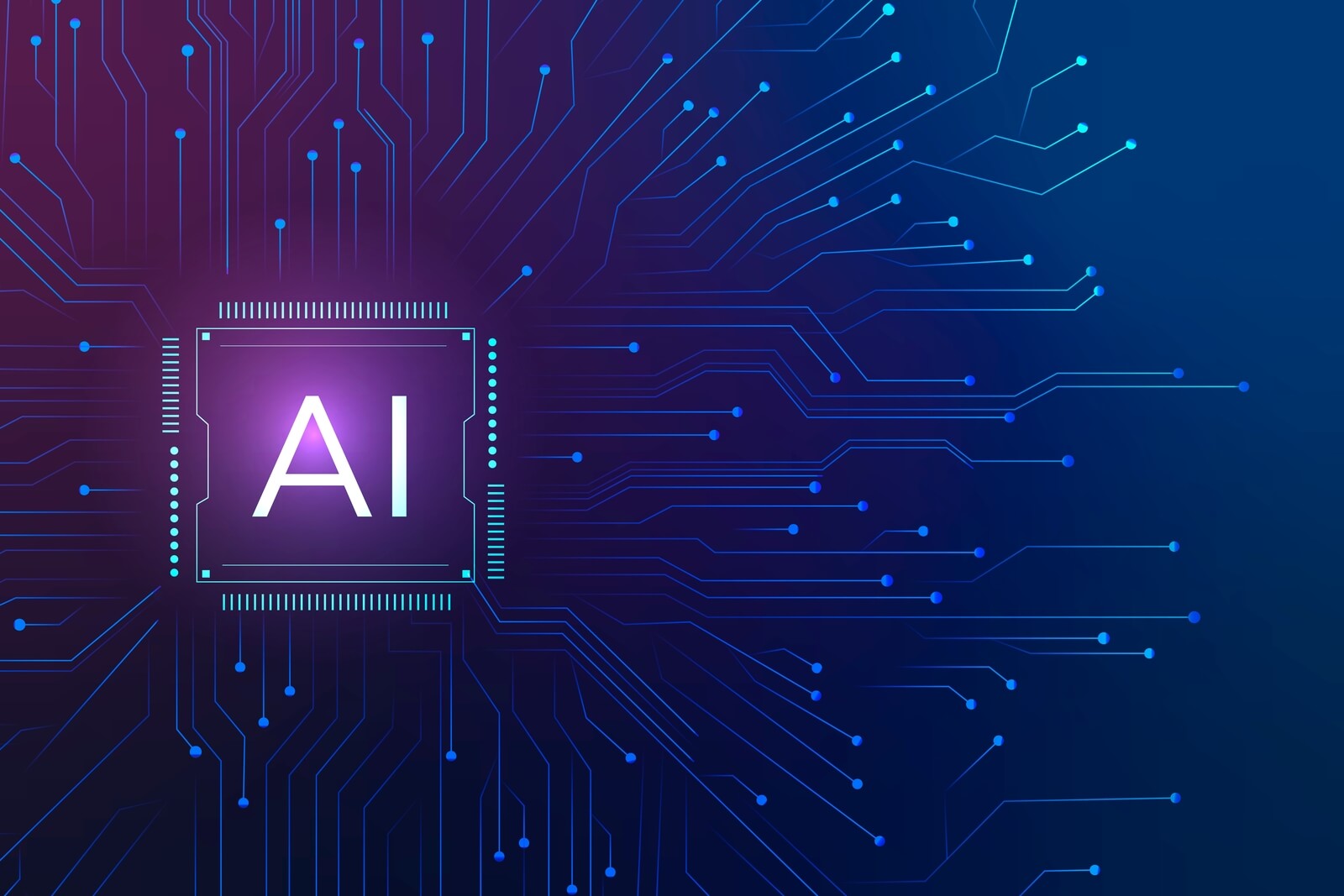

What is AI test automation?
AI test automation is the use of AI technology to enhance the application testing process, including test planning, test execution, analysis, and defect management. Ideally, AI test automation involves integrating AI tech into existing testing tools and processes to improve testing speed, accuracy, and overall efficiency.
In test automation, AI helps generate test scripts, automate repetitive tasks, identify potential bugs, and analyze test results.
How is AI used in test automation?
In test automation, AI helps generate test scripts, automate repetitive tasks, identify potential bugs, and analyze test results. “AI allows you to do things you couldn’t do before—like automatically generating test cases or self-healing tests,” says Oren Rubin, CEO and Founder of Testim.io.
Here are more of AI’s capabilities:
- Writing tests is a time-consuming task. AI learns from data and user behavior patterns to automatically generate test scripts.
- AI enables codeless testing.
- AI-powered tools help execute test scripts automatically.
- AI simulates different test scripts and scenarios to allow broader test coverage.
AI in test automation example
To better understand the use cases of AI in test automation, let’s look at the automation of user interface (UI) testing. In UI testing, AI helps overcome challenges such as dynamic content, frequent UI changes, and cross-platform compatibility.
Essentially, image detection algorithms help analyze and validate UI components visually. These algorithms parse the document object model (DOM) to identify elements dynamically, even when IDs or class names change due to code updates. They detect mismatches in interface components, such as color and font size, and can simulate user actions such as scrolling and clicks to confirm the expected visual output.
How does AI test automation work?
The following details how various AI components and mechanisms help in test automation.
Machine learning
Predictive analytics and data analytics are areas where AI excels. Machine learning models analyze historical test data and defect trends to predict where bugs will likely occur. This allows you to prioritize the testing of high-risk areas of the application.
NLP
Natural language processing (NLP) helps convert test steps written in natural language into executable test scripts. Low-code test automation tools use NLP to help non-technical teams execute tests without writing code.
Self-healing scripts
AI dynamically updates test scripts to adapt to code changes made within an application, ensuring it retains functionality. Additionally, AI classification algorithms help understand the root cause of test failures and initiate repair without human intervention.
Visual recognition
AI leverages computer vision to recognize patterns, layouts, and visual inconsistencies. This helps validate user interface elements such as color, screen resolutions, and fonts, ensuring consistency across different screen sizes and devices. Visual regression testing helps automatically compare pre- and post-execution screenshots to evaluate visual changes between two versions of highly descriptive UIs.
How to implement AI test automation
To help you get started with AI test automation implementation, we’ve prepared a list of foundational guidelines.
- Define clear objectives for AI implementation based on the challenges in your current testing process, such as limited test coverage, inability to scale testing, and low defect detention rates.
- Select AI-powered tools with the features and capabilities that align with your testing automation requirements.
- Ensure data quality by validating data collected from test management systems and defect tracking tools to facilitate AI model effectiveness.
- Integrate AI test automation into your CI/CD workflows to enable continuous testing.
Benefits of AI test automation
AI test automation enhances software development and quality assurance processes in the following ways:
Improved accuracy and efficiency
Manual repeated test tasks are prone to errors even when performed by the most experienced testers. Automated tests perform repeated tasks with more precision. Using predictive analytics, AI predicts where failures can occur, allowing for more effective testing.
Faster time-to-market
You can reuse automated tests indefinitely. According to Oren Rubin, “The dream of every developer is to have autonomous testing, everything will be tested for them automatically and they need to spend minimal time on their testing.”
Also, you can apply the testing process repeatedly and run tests in parallel across different environments, configurations, or devices. This allows you to perform many tests faster, improving the time to market. Additionally, AI performs automated regression tests on updated applications to ensure no new bugs are introduced.
Scalability
AI-enhanced test automation can handle the execution of thousands of distinct test scripts in a single test run.
Cost savings
Human testers add unnecessary expenses, since most of the testing involves repeating tests. AI helps automate these procedures, eliminating repetitive labor costs. When you embrace AI test automation, you cut most of the human labor. Human creativity and thinking are some of the costs you should expect to remain.
Proactive detection
When integrated into CI/CD pipelines, AI-driven tests help you detect potential issues early in the development cycle. This reduces the time of fixing bugs.
Improved test coverage
With AI, you can test under different conditions and environments. For example, AI can simulate interactions across different devices, browsers, and operating systems, enabling cross-platform testing and cross-device testing.
Challenges of AI test automation
Below are setbacks that may prevent you from maximizing the value of AI test automation.
- AI models trained using low-quality data may not function optimally. Data bias, inconsistency, and incompleteness may reduce the performance of AI models.
- Compatibility issues or disruption of the current workflow may arise when integrating AI capabilities into the existing testing frameworks and CI/CD pipelines.
- Due to the complexity of AI algorithms and the “black-box” nature of AI models, you may find difficulties in understanding how models arrive at conclusions, making it difficult to validate results.
- The AI field evolves rapidly, and you must stay updated on the latest developments.
- You have to balance human expertise and automation. While AI can automate repetitive tasks and allow you to test at a large scale, it lacks the domain knowledge and creativity human testers possess.
Best AI test automation tools
Below are some of the AI-powered testing tools available on the market today.
Tricentis Tosca
Tricentis Tosca is a codeless test automation solution that streamlines end-to-end testing across diverse environments. It supports testing across mobile, enterprise applications, web, desktop, mainframe, data UI, and API levels.
The Vision AI feature emulates human vision to recognize and interact with dynamic user interfaces. Tosca Copilot, a generative AI assistant, supports test script generation and optimization tasks.
Tricentis Tosca offers a risk-based test optimization approach that helps prioritize critical tests and enables self-healing. The API simulation feature simulates realistic virtual application services to help test in the absence of certain system components. Finally, this tool integrates seamlessly into CI/CD pipelines, facilitating continuous testing to support Agile and DevOps practices.
Cerberus Testing
Cerberus Testing is a low-code, open-source platform that incorporates AI to automate tests across web, mobile (iOS/Android), and API applications. Its capabilities include supporting scalable parallel execution, reusable test modules, visual testing, dynamic test data management, and advanced reporting.
Further, Cerberus Testing supports functional, UX, performance, regression, and integration testing. It integrates with CI/CD pipelines via tools like Jenkins or GitLab.
Applitools
Applitools is an AI-powered test automation platform that enables teams to create, execute, and analyze reliable end-to-end tests efficiently across the entire software development life cycle. It’s primarily known for visual AI testing and helps detect UI discrepancies across different devices and browsers. Applitools validates UIs, components, mobile apps, documents, and more using Visual AI.
It allows you to create automated tests with generative AI, recorder, or NLP Builder. Other capabilities include self-healing tests, cross-browser testing, accessibility compliance, and parallel execution.
Final thoughts
Testing involves repetitive tasks, and testing all possible scenarios is costly and time-consuming. Automating software testing using AI enhances test coverage, saves time, reduces maintenance overhead, and ensures proactive bug detection.
AI-enhanced test automation tools such as Tricentis Tosca can help you unlock the full potential of AI-driven testing. Request a demo to see how Tricentis Tosca can help you implement intelligent test automation.
This post was written by Caroline Wanjiru. Caroline is a software developer and a technical writer. In her work, she has developed interests and worked on many machine learning and artificial intelligence projects.